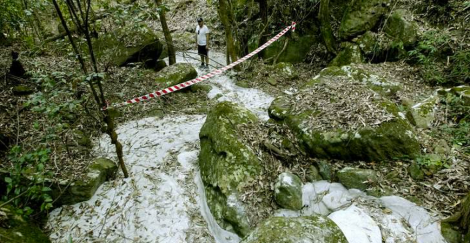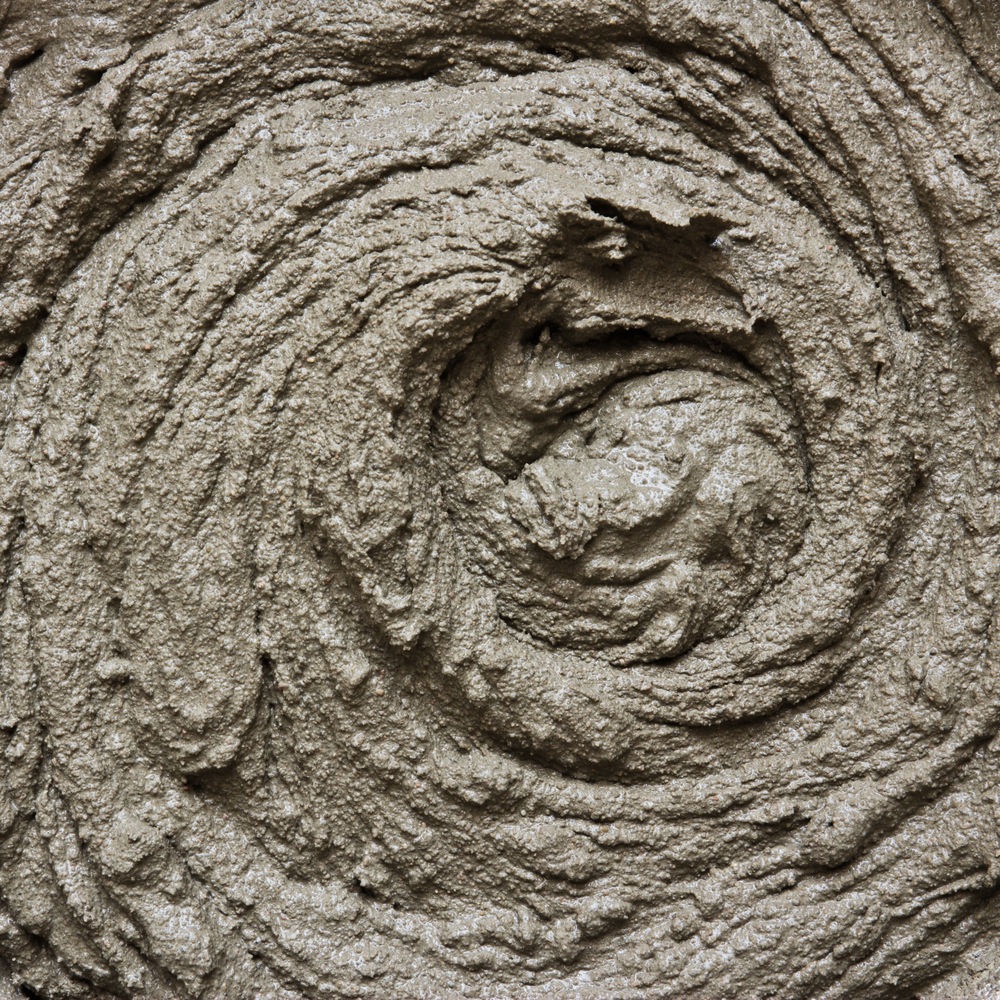Global mining giant Xstrata sent contractors with truckloads of grout to repair gaping cracks and chasms it created on a hilly ridge in an Australian conservation area while mining for coal.
You’re probably wondering to yourself, “How could this possibly go wrong?”
When the contractors got there, they made a blunder that would be hilarious were it not so devastating.

Darren PatemanSugarloaf’s concrete creek. Reproduced with permission of The Newcastle Herald © Copyright 2013
As grout was being poured into a crack at the top of the cliff, it was gushing out of another crack at the bottom. An estimated 200 tons of grout — enough to fill 12 cement trucks — flowed into a creek. There it hardened, turning what had been a tranquil waterway in the Sugarloaf State Conservation Area into a 370-yard concrete pathway. From the Newcastle Herald:
To make its descent [the grout] had swamped smaller trees, flooding around rocks and logs along its path.
Cascading down the hill like a miniature glacier, the set overflow looks pretty similar to a thick coating of marzipan on the forest floor.
It’s impossible to know how many plants, holes, gaps and even animals may lay beneath the stony substance. …
In places, it’s barely the width of a narrow garden path.
At others, it could pass for a single-car garage slab that nobody bothered to level.
Being a coal company, Switzerland-based Xstrata decided to keep its little accident a secret from the public. Nearly three months later, after the debacle was exposed by the Herald, the state government ordered a cleanup. But how do you remove hundreds of yards of grout from a creek? The company has until September to come up with a plan, but it won’t be easy.
“I have no idea how it can be cleaned up,” said an unnamed worker involved in the restoration effort. “The problem is just too massive.”




